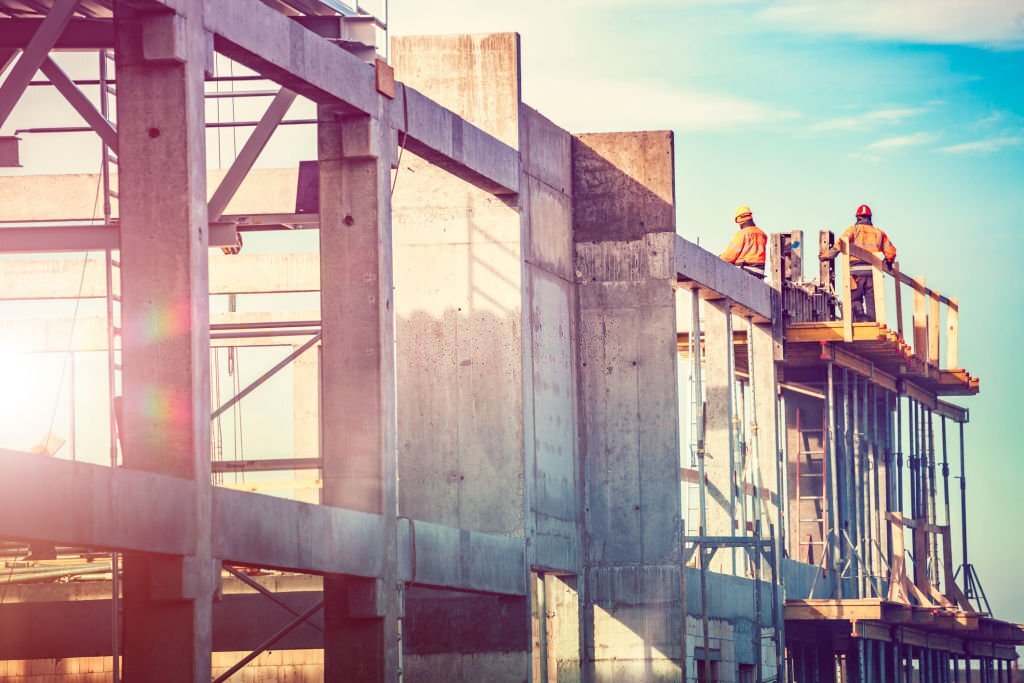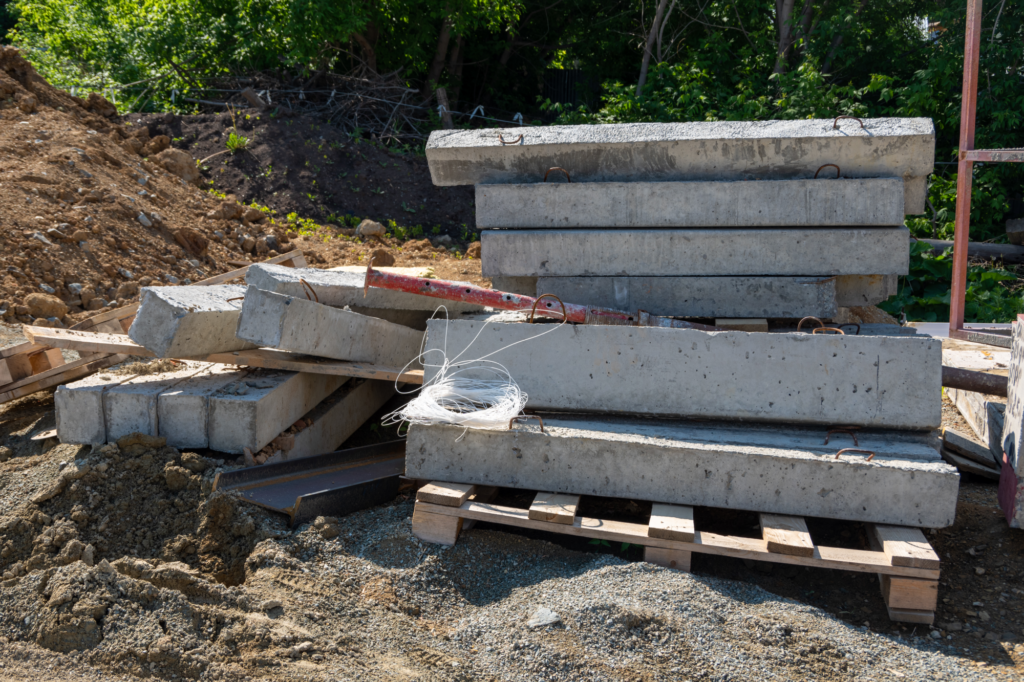Concrete contracting is an ever-evolving industry, with contractors continuously pushing the boundaries of innovation to meet the demands of modern construction projects. From advanced materials and techniques to cutting-edge technologies, the world of concrete contracting is experiencing a revolution. In this article, we’ll explore the latest trends and technologies shaping the future of concrete contracting.
Sustainable Solutions:
Sustainability is a driving force in today’s construction industry, and concrete contracting is no exception. Contractors are increasingly embracing sustainable practices and materials to minimize the environmental impact of their projects. This includes using recycled aggregates, supplementary cementitious materials, and advanced admixtures to reduce carbon emissions and conserve natural resources. Additionally, contractors are implementing energy-efficient construction methods, such as insulated concrete forms (ICFs) and passive solar design, to improve the energy efficiency of concrete structures and reduce their environmental footprint.

Recycled Aggregates:
One of the most significant advancements in sustainable concrete production is the incorporation of recycled aggregates. Contractors are utilizing recycled concrete, glass, and other materials as aggregates in concrete mixes, reducing the demand for virgin resources and diverting waste from landfills. By incorporating recycled aggregates, contractors not only reduce the environmental impact of their projects but also contribute to the circular economy by promoting resource conservation and waste reduction.
Supplementary Cementitious Materials (SCMs):
Supplementary cementitious materials (SCMs) such as fly ash, slag, and silica fume are byproducts of industrial processes that can be used to replace a portion of Portland cement in concrete mixes. Contractors are increasingly incorporating SCMs into concrete mixes to improve performance, reduce carbon emissions, and enhance durability. SCMs improve concrete’s workability, reduce heat of hydration, and increase resistance to sulfate attack and alkali-silica reaction, resulting in longer-lasting and more sustainable concrete structures.
Energy-Efficient Construction Methods:
Contractors are embracing energy-efficient construction methods to reduce energy consumption and greenhouse gas emissions associated with concrete production and construction. Techniques such as insulated concrete forms (ICFs), which incorporate insulating materials into concrete walls, reduce heating and cooling costs and improve energy efficiency. Additionally, contractors are implementing passive solar design principles to harness natural sunlight and reduce reliance on artificial lighting and heating, further reducing the environmental impact of concrete structures.
Low-Impact Construction Practices:
In addition to using sustainable materials, contractors are adopting low-impact construction practices to minimize disruption to the environment and surrounding communities. This includes optimizing construction schedules to reduce noise and air pollution, implementing erosion and sediment control measures to prevent soil erosion and water pollution, and minimizing construction waste through recycling and reuse initiatives. By prioritizing environmental stewardship throughout the construction process, contractors minimize the ecological footprint of their projects and preserve natural resources for future generations.
Life-Cycle Assessment (LCA):
Life-cycle assessment (LCA) is a comprehensive method used to evaluate the environmental impacts of concrete structures throughout their entire life cycle, from raw material extraction to end-of-life disposal. Contractors are incorporating LCA into their project planning and decision-making processes to identify opportunities for reducing environmental impacts and improving sustainability performance. By considering factors such as embodied energy, greenhouse gas emissions, and resource depletion, contractors can make informed choices that optimize the environmental performance of concrete structures over their entire lifespan.
High-Performance Concrete:
Advancements in concrete technology have led to the development of high-performance concrete (HPC), which offers superior strength, durability, and versatility compared to traditional concrete mixes. Contractors are leveraging HPC to push the boundaries of design and construction, allowing for thinner, lighter, and more innovative concrete structures. Whether it’s ultra-high-strength concrete for skyscrapers or self-consolidating concrete for intricate architectural elements, HPC is revolutionizing the way concrete is used in construction.
Digital Design and Fabrication:
Digital design and fabrication technologies are transforming the way concrete structures are conceptualized, designed, and built. Contractors are using Building Information Modeling (BIM) software to create detailed 3D models of concrete projects, allowing for greater accuracy, efficiency, and collaboration throughout the design and construction process. Additionally, advances in robotic fabrication and 3D printing are enabling contractors to prefabricate complex concrete elements off-site and assemble them with precision on-site, reducing construction time and waste while improving quality and consistency.

Smart Concrete:
The rise of smart technologies is ushering in a new era of “smart concrete” that can monitor and adapt to changing conditions in real-time. Contractors are embedding sensors, actuators, and other electronic components into concrete structures to monitor parameters such as temperature, moisture, stress, and strain. This data can be analyzed using artificial intelligence (AI) algorithms to predict potential issues, optimize performance, and extend the lifespan of concrete structures. Smart concrete technology holds the promise of safer, more resilient infrastructure that can withstand the challenges of the 21st century.
Sustainable Construction Practices:
In addition to sustainable materials and technologies, contractors are adopting sustainable construction practices to minimize waste, reduce energy consumption, and enhance worker safety. This includes implementing lean construction principles, optimizing construction schedules, and using advanced construction equipment and techniques to streamline operations and maximize efficiency. By prioritizing sustainability in every aspect of the construction process, contractors are not only reducing their environmental impact but also improving project outcomes and delivering greater value to clients and communities.
Conclusion:
The future of concrete contracting is bright, with an array of trends and technologies reshaping the industry and driving innovation. From sustainable solutions and high-performance concrete to digital design and fabrication, smart concrete, and sustainable construction practices, contractors are breaking new ground and paving the way for a more resilient and sustainable built environment. Contact us today to learn more about how our experienced contractors can leverage the latest trends and technologies to bring your concrete project to life with precision, efficiency, and excellence.

